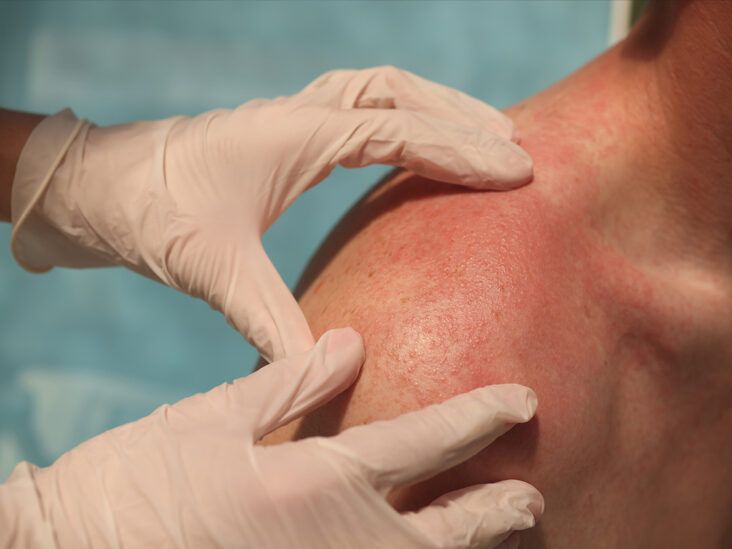Navigating Skin Cancer Cells Therapy: The Necessary Duty of Mohs in Modern Dermatology Practices
Skin cancer, a difficult medical diagnosis, usually leaves individuals facing numerous therapy alternatives. Among these, Mohs surgical treatment stands as a sign in modern-day dermatology, renowned for its meticulous method to cancer elimination and preservation of bordering healthy cells. This cutting-edge practice assures not just exceptional cosmetic end results but likewise supplies prompt outcomes, relieving patient anxiousness. As we discover the ins and outs of this procedure, one will appreciate its pivotal function in skin cancer cells therapy.
Recognizing Skin Cancer Cells: Kinds and Risks
Skin cancer cells, a potentially dangerous ailment, is even more widespread than lots of people understand. This condition, caused by the unchecked growth of uncommon skin cells, primarily arises from DNA damage due to direct exposure to the sun and ultraviolet (UV) light. There are three primary types of skin cancer: Basic cell carcinoma, Squamous cell carcinoma, and Cancer malignancy. While the previous two are less lethal and compose most of identified instances, cancer malignancy is one of the most harmful. It represents just regarding 1% of skin cancer cells instances yet triggers the substantial bulk of skin cancer cells fatalities - skin cancer. Danger variables consist of fair skin, background of sunburn, too much sunlight exposure, living at high elevations or near the equator, having lots of moles, a family members history of skin cancer cells, and damaged body immune system.
What Is Mohs Surgical treatment and Exactly How It's Revolutionizing Skin Cancer Treatment
Despite the countless therapies presently offered for skin cancer, Mohs surgical procedure stands out as a groundbreaking and very efficient remedy. Called after Frederic E. Mohs, the physician who established the treatment, Mohs surgical procedure is an exact surgical method made use of to deal with skin cancer cells. This degree of accuracy, combined with the ability to save as much healthy tissue as feasible, is reinventing skin cancer therapy.
The Benefits of Mohs Surgery Over Typical Skin Cancer Cells Treatments
Building on the innovative nature of Mohs surgical treatment, it's necessary to consider its countless benefits over standard skin cancer cells treatments. Unlike standard operating procedures, Mohs provides a greater treatment rate, commonly getting to 99% for newbie therapies and 94% for recurring cancers. This accuracy is due to its unique approach of considerably getting rid of and taking a look at cells layers up until only cancer-free cells remain (skin cancer). Additionally, it reduces damage to healthy and balanced skin, resulting in less scarring and boosted cosmetic end results. Mohs additionally offers immediate results, getting rid of the anxiety-ridden see here now wait usual with other techniques. It's economical, as the surgical treatment and tiny assessment happen simultaneously, removing the need for extra research laboratory services. Hence, Mohs stands for a significant improvement in skin-related methods.
The Procedure of Mohs Surgical Procedure: What to Expect Throughout the Process

Possible Adverse Effects and Post-Operative Care of Mohs Surgical Procedure
Undergoing Mohs surgical procedure, like any kind of other procedure, involves potential adverse effects that patients need to know. Usual adverse effects consist of pain, wounding, and swelling at the surgical treatment site. These are normally momentary and manageable with over the counter discomfort medication and ice packs. In uncommon situations, individuals might experience infection, bleeding, or a sensitive response to the local anesthetic. Post-operative treatment is critical to healing and decreasing side impacts. This commonly involves keeping the wound clean and completely dry, taking recommended medicines, and staying clear of arduous tasks. Clients ought to likewise participate in all follow-up appointments for look here injury care and tracking. In some cases, extra therapies may be needed to make sure full removal of the malignant cells. Following these post-operative care guidelines can substantially improve recuperation and results.
Verdict
